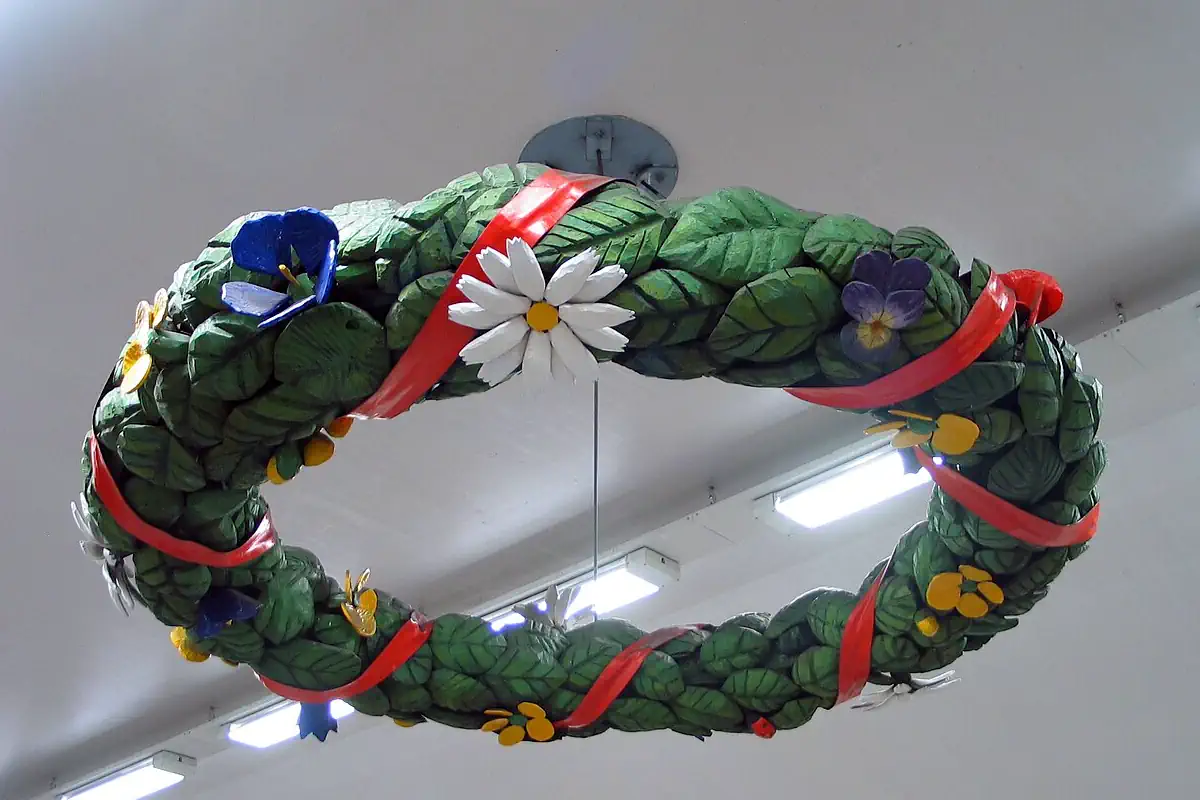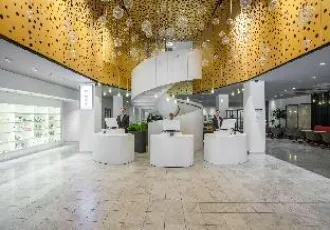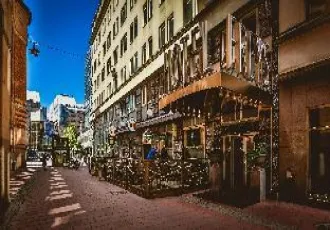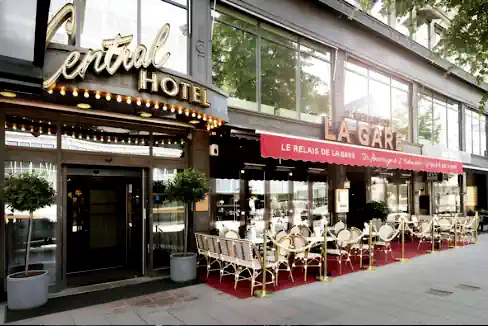Stockholm: The world’s longest underground art gallery
Most tourists gravitate toward Stockholm’s iconic landmarks, such as the Royal Palace, Gamla Stan, or the Vasa Museum, during their visit. However, art enthusiasts and curious travelers should not overlook the Tunnelbana, an underground art gallery within Stockholm’s metro system.
A canvas beneath the city
Often referred to as the world’s longest art gallery, the Stockholm metro system stretches over 110 kilometers, with more than 90 of its 100 stations featuring captivating artworks. Each station has its unique theme and artistic style, making every subway ride an adventure in itself. This public art project started in the 1950s and has since become an integral part of Stockholm’s cultural experience.




Highlights of Stockholm’s underground art
- T-Centralen Station: As the heart of the metro system, T-Centralen blends functionality with artistic flair. Look out for the iconic blue and white leafy frescoes designed by Per Olof Ultvedt, which provide a calming contrast to the bustling transport hub.
- Kungsträdgården Station: Known for its dramatic archaeological theme, this station is adorned with fragments of old Stockholm, with columns and sculptures giving it a historical yet surreal feel. Artist Ulrik Samuelson’s work takes inspiration from the Swedish Baroque era, creating a subterranean garden of sorts.
- Solna Centrum Station: This station is famous for its bold red and green color scheme, representing a sunset over a Swedish forest. Artists Anders Åberg and Karl-Olov Björk created this masterpiece to reflect the natural beauty and environmental issues of Sweden.
- Thorildsplan Station: This playful station is a delight for both kids and adults. Inspired by video games, artist Lars Arrhenius covered the walls with pixelated figures and patterns that resemble classic arcade games, making it a fun stop for tech enthusiasts and gamers.
Tips for exploring Stockholm’s metro art
- Plan Your Route: While you can explore these stations at your leisure, consider planning a route to see the most notable artworks. The Blue Line is particularly renowned for its artistic stations.
- Join a Guided Tour: Stockholm’s public transport company, SL, offers guided tours that provide deeper insights into the art and artists behind these creations.
- Off-Peak Hours: To fully appreciate the artwork without the rush of daily commuters, visit the stations during off-peak hours, typically early morning or late evening.
- Photography: Don’t forget your camera! The vibrant and varied artworks make for fantastic photography. Be mindful of other passengers and avoid using flash to respect the space.
Why visit Stockholm’s metro art gallery?
Exploring Stockholm’s metro art is not just about seeing beautiful creations; it’s about experiencing the city’s commitment to making art accessible to everyone. It testifies to how public spaces can transform into cultural landmarks, offering a unique glimpse into Sweden’s artistic heritage and contemporary creativity.
So next time you’re in Stockholm, venture beyond the usual tourist spots and embark on an underground journey that promises to be both surprising and inspiring. Discover the artistic soul of Stockholm beneath the surface—one metro station at a time!


 Stockholm Metro: Art Beneath the Surface
Stockholm Metro: Art Beneath the Surface Tunnelbanan: Konst under ytan
Tunnelbanan: Konst under ytan



